Category: Standing Stones
This standing stone found close to Merthyr Farm, Harlech, is the tallest and most prominent of the five stones denoting the supposed prehistoric track way known as Fonlief Hir. The stone stands just over six feet tall and can be seen over a gate in the stone farm wall beside the road.
Mentioned as a item of possible interest to a visitor of Alton Priors, in the village is a sarsen stone with a copy of the Alton Barnes White Horse carved upon it.
The Grade II listed All Saints Church in Alton Priors dates from the 12th century. According to ‘A History of the County of Wiltshire: Volume 11’ (1980) ‘The church of ALL SAINTS, Alton Priors, is built of freestone, rubble, and red brick and has a chancel, nave, and west tower. The chancel arch survives from the 12th-century church.
In ‘Rude Stone Monuments In All Countries, Their Age And Uses’ (1872) (which was later retitled ‘Old Stone Monuments’), James Fergusson(1808-1886) gives the following description of Mayborough Henge.
The Bodewryd standing stone is approximately between eleven and twelve feet tall, and stands alone in a field on the Plas Bodewryd Estate. It is also known as Carreglefn (Smooth Stone), and as Maen Pres (Brass Stone).
These are two giant standing stones, probably two of the tallest in Wales, standing thirteen feet and ten feet tall. They are situated in a field, and actually form part of the field boundary. The stones were recorded as being part of a stone circle the 17th Century, but the circle was allegedly demolished in 19th Century, by locals looking for buried treasure.
The Meini Hirion or ‘long stones’ are a pair of standing stones situated in Llanbedr. They are in a livestock field on the left hand side of the village as you travel north towards Pen-sarn. The field regularly floods when there is a high tide, and the stones are partially obscured by a large tree which grows close by them.
One of the most impressive and easy to access stone circles in the Tay valley: Croft Moraig is situated just off the A827 between Aberfeldy and the head of Loch Tay. The sites long history as a changing ritual centre in the Neolithic and early Bronze Age make it one of the most important monuments in the area.
The Hill of Tara – ancient seat of the Kings of Ireland – is the focal point in a complex landscape of ancient monuments dating from the Neolithic to the Iron Age. It is a stirring setting where mythology and history fuse together, and has been revered as a holy site for thousands of years.
The Lochmaben Stane (or Lochmabenstane, Lochmabenstone, Clochmabenstane, Old Graitney Stone, Lowmabanstane, Loughmabanestane) stands in a farmers field near where the Kirtle Water enters the Solway Firth. Made if granite, it measures 7-8 feet in height and has a girth between 18 and 21 feet (depending upon your source).

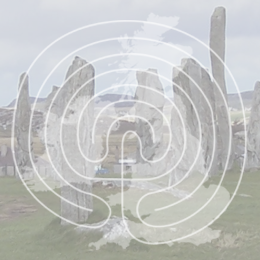
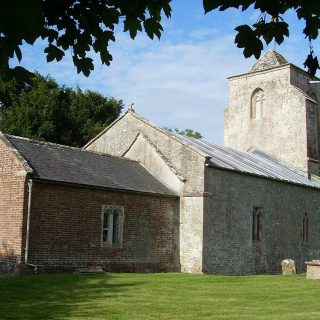
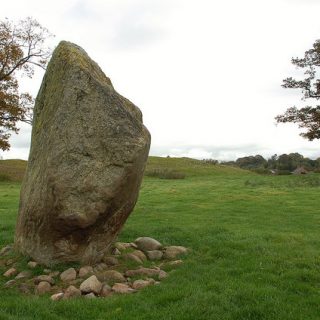
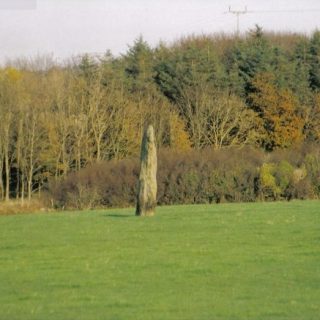
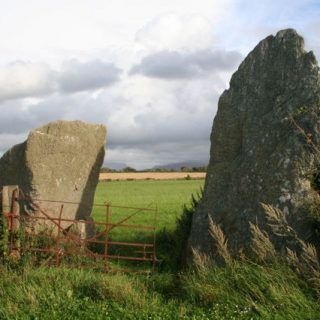
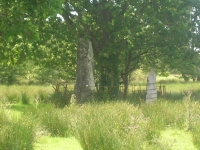
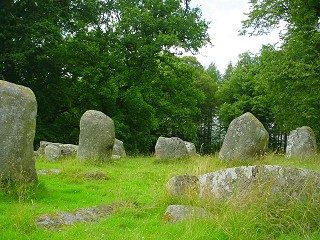
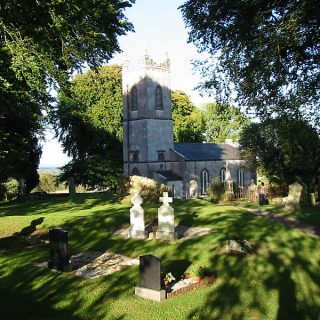
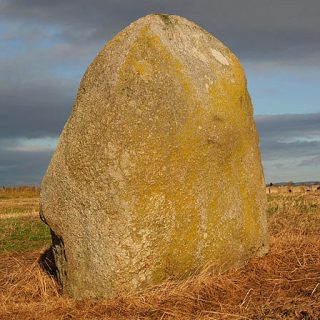
Recent Comments